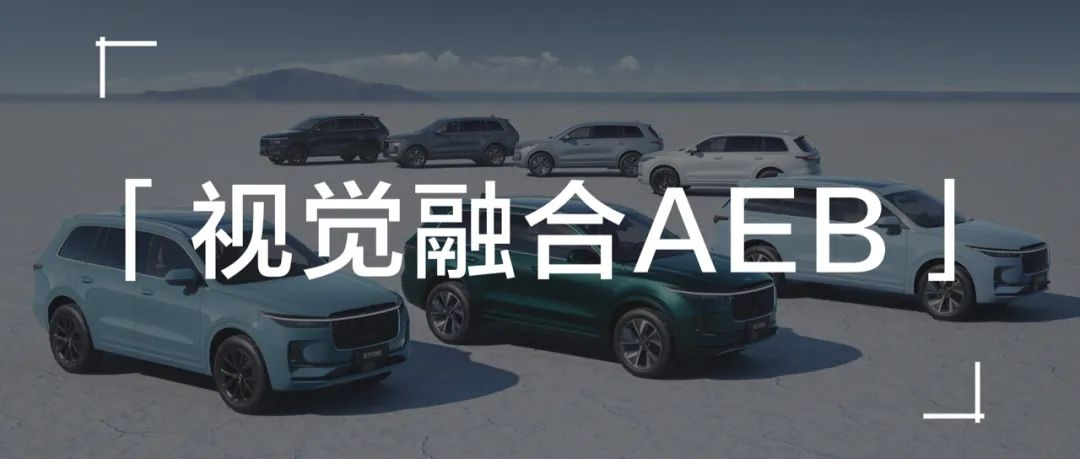Author: DeLuo
On January 11th, Li Xiang posted a long Weibo report on the significant changes in the “smart driving” technology product delivery of Li Auto in the past year.
The Weibo post is long, so if you need it, you can check the original text. Here, we summarize the core information:
- Li Auto switched from Mobileye to Horizon J3 chip, launching a full-stack self-developed smart driving system;
- In December, Li Auto delivered the complete NOA and AEB functions, becoming the third brand in the world with the complete self-developed NOA and AEB full-stack capability;
- At the perception algorithm level, OTA 3.0 of the Ideal ONE 2021 can recognize traffic accidents and road construction sites on highways;
- In the annual AEB test by DCD Club, Ideal ONE won the championship and was the only car model in the final group capable of accurately identifying the model of transverse vehicles and two-wheelers;
- Li Auto will always regard the NOA assisted driving navigation as a standard configuration.
This Weibo post has caused some discussions, mainly regarding:
- The truth of Ideal ONE winning the championship in the DCD Club AEB test;
- Li Auto’s self-proclaimed “full-stack self-development” is just bragging;
- Doubts about the AEB ability.
Now, let’s discuss Li Auto with these issues in mind.
“Self-development” NOA is just the beginning
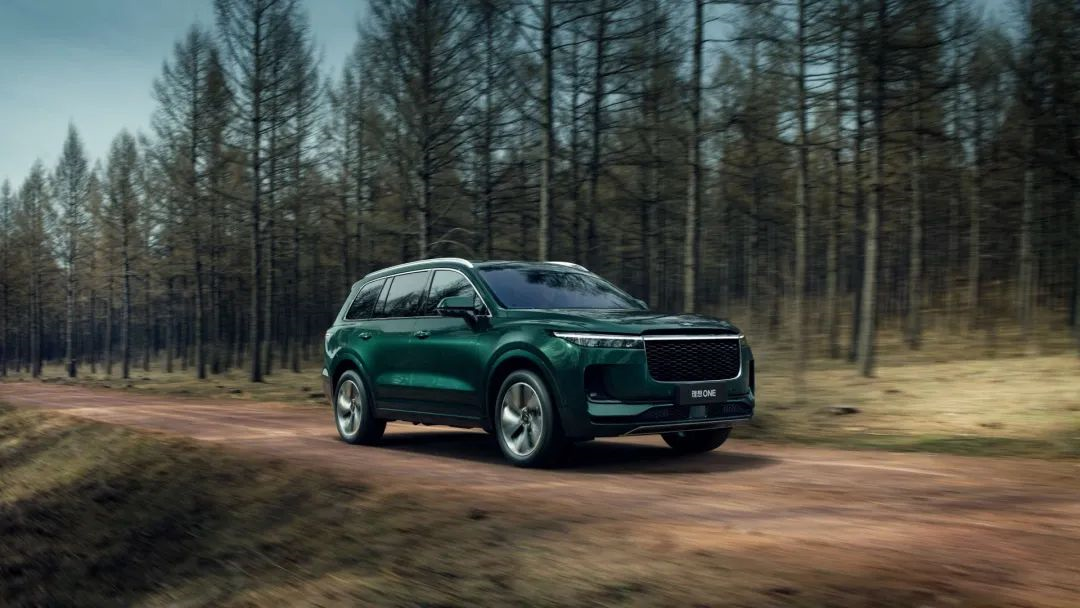
Discussing “self-development” can be a very big topic, and we will try to make it clear from the changes in the hardware and software of automotive companies. Here, we will focus on the self-development capability related to smart driving.
This self-development capability includes: software and hardware.
Software includes the soft power such as operating systems, perception algorithms, and decision control algorithms; hardware is easier to understand, such as chips, perception cameras, radars, controllers, and so on.
Tesla has spent nearly 20 years telling the entire automotive industry that the traditional supplier model is not suitable for the development of the intelligent electric vehicle era, and that car companies must master software capabilities in defining automotive products around software as the core.
But this requires a process. The core algorithm first goes to the supplier’s plan, and then gradually replaces it with a fully self-developed algorithm. This is a way to shorten development time and reduce development costs.
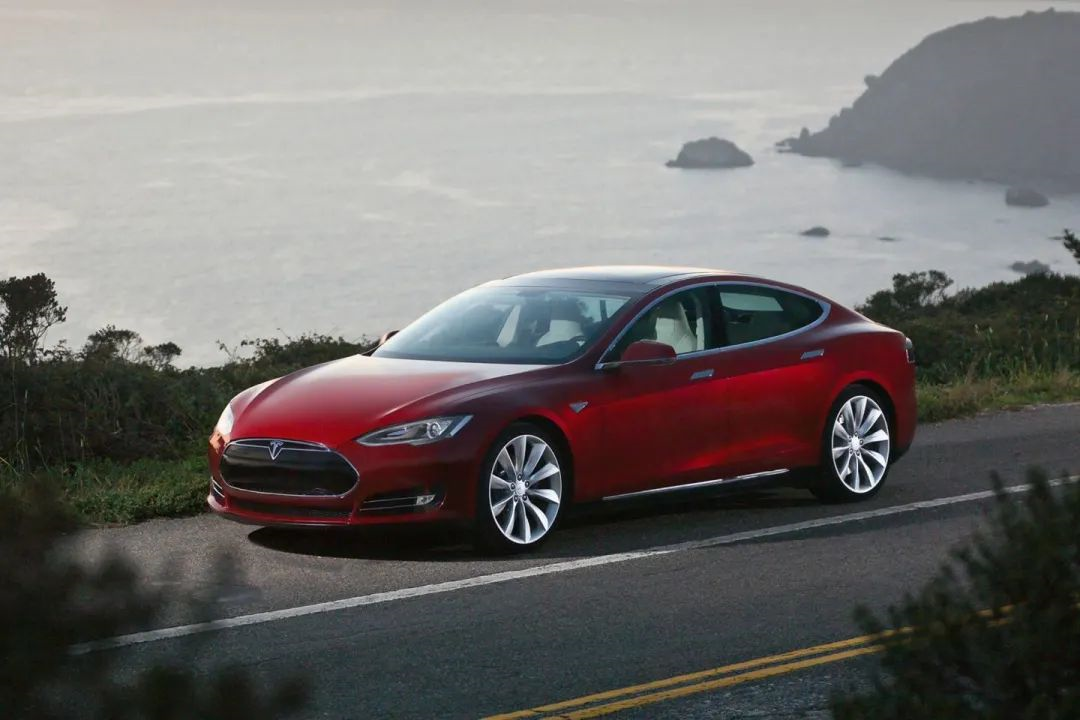
For example, Tesla experienced Mobileye to Nvidia and finally achieved self-developed software and hardware for core automatic driving. Li Auto used Mobileye’s assisted driving solution on the previous generation Ideal ONE, and gradually switched to self-developed algorithms for new vehicles from 2021 onwards.The advantage of using Mobileye is that it provides quick pre-installation services for users in mass production. The downside is that Mobileye is a closed system, and perception algorithms and data are not provided to automakers. Without data, automakers find it difficult to implement rapid system iterations.
Therefore, with the 2021 Ideal ONE, we looked to Horizon’s J3 for pre-installation. The biggest feature of J3 is that it allows automakers to independently develop perception and control algorithms.
This led to the 2021 Ideal ONE, which delivers basic ADAS and basic AEB functions in June 2021, and NOA navigation-assisted driving and complete AEB functions (active safety) in December 2021.
Here we have a new concept.
“Basic ADAS, Basic AEB” vs. “NOA, Complete AEB”
Let’s explain.
In terms of functionality, basic ADAS is just a normal L2-level driver assistance system, with very limited scenarios supported. Even if there is a turn signal for lane changing, human intervention is still required. NOA, on the other hand, has the ability for vehicles to autonomously overtake and change lanes on highways, and can actively enter and exit ramps, with the core being the improvement of vehicle automation capabilities.
The most important thing here is that Ideal has switched to “full-stack self-developed algorithms”, which fuse vision and millimeter-wave radar perception, while also incorporating high-precision map and high-precision positioning data.
Basic AEB actually relies on radar for obstacle recognition, as radar can measure the time of collision occurrence by measuring the distance. Therefore, radar is a key component of the AEB system.
However, radar can also be disrupted by false alarms, such as incorrectly identifying parked cars next to the vehicle as dangerous objects. Therefore, in order to control false alarms, a lot of data has to be filtered out, which is why the vehicle has collision warning functions, but often receives false collision warnings.
The so-called “complete AEB” is based on self-developed perception algorithms that integrate vision into the AEB solution.
Let’s take a look at Jiaoni Liu, Ideal’s AD product manager (online ID), and his explanation of this AEB solution:
The two key phrases for the 2021 Ideal AEB function are “self-developed” and “vision fusion.”
What does that mean?>Currently, most of the AEB functions installed in car models on the market come from suppliers’ packaged solutions. Some use millimeter wave radar for detection, and some use “millimeter wave + vision fusion”. Although these supplier solutions are mature, for car manufacturers, they are a “black box”, and car manufacturers cannot redefine capabilities according to their own wishes.
Automakers that have the ability to develop their own generally rely on millimeter wave radar for AEB. As far as I know, currently, the only automakers that have implemented self-researched AEB based on visual fusion are Tesla and Li Auto.
What are the benefits of introducing vision to AEB?
“The introduction of vision to AEB can better achieve detection of pedestrians and cyclists, and ensure pedestrian safety.”
It sounds great, but is it easy to self-develop visual AEB?
The answer is: it is very difficult.
First of all, making this decision is very challenging.
AEB relying on millimeter wave detection is already a very mature solution, and it is strongly related to safety. Redesigning this fusion has huge costs in terms of development tasks, funding, and time, and the safety standards after adding vision are different from before. Generally speaking, no supplier will mess with this.
Therefore, automakers only have the option of self-research, but even if they have self-research capabilities, they also need great determination to reform AEB.
Because two problems need to be demonstrated first:
How to ensure the stability of the function after introducing visual recognition?
How to ensure better performance than before?
As we all know, from technical research and development to product landing, there is a long way to go. What we need to do is not just technology reserves, but a product to be delivered to tens of thousands of users.
Then the problem arises again: how to measure whether what you’ve done can meet delivery standards?
The so-called “delivery standards” are not easy to come by in the industry, because no one has done it before.
AEB has a feature: it not only requires good performance, but also stable functionality.
In simple terms, step on the brake when you should, but never brake when you shouldn’t. The upper limit of performance needs to be high, and the lower limit cannot be low, so it is very demanding of the accuracy and calibration ability of visual recognition. This involves the concept of “accuracy” and “recall rate”.
(Recall rate is a measure of coverage, which measures the classifier’s ability to recognize positive examples, also known as recall rate.)
In development testing, there is a bottom line that must be maintained, which is “false positive rate”, that is, braking cannot be triggered when there is no danger.
AEB relying on millimeter wave is relatively stable for detecting vehicles, but it is difficult to use visual recognition to identify all kinds of pedestrians accurately. If the recognition accuracy is 99%, I’m sorry, you are still far away from mass production.
With tens of thousands of cars running on the road every day and traveling hundreds of thousands of kilometers per day, even a 1% false positive rate is very scary. Therefore, it is necessary to approach 100% to meet the high requirements.How to validate it?
This requires running a large number of tests, accumulating enough test mileage and data, and then using this data to help research and development for iteration and performance tuning. If you don’t have the ability of closed-loop data, sorry, you can’t do it.
To sum up, basic AEB is a closed system, and the detection ability of radar for obstacle objects is limited, especially for the detection of people. The introduction of vision will further enhance the ability of AEB, and the verification of the scheme’s reliability requires a huge amount of real user driving data. To use data, it is necessary to independently develop perception algorithms.
Regarding the difficulty of improving AEB’s ability, Phil Magney, founder of VSI Labs, a top automotive technology service company in the United States, said:
For ADAS cars, AEB is critical, and without AEB, autonomous driving is hard to achieve. It is even more difficult to apply AEB to pedestrian detection than AEB itself.
This is also why DCD tested nearly 100 models of AEB, while LI Auto took the first place.
All of this stems from the fact that LI Auto has achieved the full-stack self-developed ability of “self-developed algorithms” from perception algorithm to decision control algorithm, and has gradually replaced them in the intelligent driving system of its products, through the feeding of data to do functional iteration.
This is also why Li Xiang said that LI Auto has become the third car company in the world to have a complete self-developed capability of NOA and full-stack AEB, following Tesla and XPeng.
Of course, you may say that LI Auto has applied special optimization to the test vehicle. LI Auto’s AD product manager, Liu Jiaoni, gave a technical answer to this:
Can we adjust the test? This is not possible.
Regulatory standards and media tests cover the scenarios of real traffic environments very well. From the perspective of research and development, this should be taken into account in the functional project proposal phase. Therefore, it is difficult to “adjust” for a certain scenario or a certain test.
Because AEB is a complex systematic function, adjusting one parameter to achieve a higher performance limit may make the performance lower. Changing parameters means that a large amount of simulation/actual road tests must be re-verified.
To translate, the cost of a car company “specially adjusting” once is very high, including time, manpower, and funds, and it requires the cooperation of different departments. Although there is more money after IPO, it’s unlikely that Ideal Auto, which is famous for its capital utilization efficiency, will do such a laborious and thankless job.
Ideal’s “Data Scale” Magic
Why can’t Ideal Auto achieve rapid iteration?Even though, after going public, the capital strength and size of R&D team of IDEAL are far inferior to giant automakers like Volkswagen. Volkswagen assembled nearly 6,000 R&D personnel in Wolfsburg and invested nearly 15 billion euros to develop intelligent driving software, but they still cannot achieve overall unification on the underlying operating system of infotainment system and ADAS(Advanced Driving Assistance System). Even ID series often has software problems. The two most important cores are “cognition” and “data”. Li Xiang had a sentence in April 2020:
The future change of the automobile industry may lie in the deep integration of soft and hard wares. Simple hardware differentiation will hardly have breakthroughs. Giving hardware a soul of software and intelligence will be the core pursuit of changes in the future. In the next few years, the most important thing is to do a good job with ADAS so that ADAS can play an increasing role in collaboration with humans.
This is IDEAL’s recognition of intelligence. “Autonomous driving” will be the core of future product differentiation. Based on this recognition, Li Xiang and his team determine that the basic consensus is to develop autonomous driving with all their strength. The ability to create autonomous driving “data” is the key to improving the ability.
Let’s see what Li Xiang said:
By around 2025, autonomous driving in specific scenes will be opened, and autonomous driving in all scenes will require at least 100 billion miles of real vehicle data training to be accomplished.
Now let’s take a look at what IDEAL’s CTO, Wang Kai, said:
If an automaker wants to be the best, it must be a “data-driven” technology company.
Therefore, IDEAL ONE is equipped with ADAS from the beginning. The most direct benefit of this strategy is that it can turn all IDEAL users into product testers, and all feedback data is the key to system iteration.
IDEAL has Class B map surveying and mapping qualifications and is the first new car maker that can legally collect driving scene data. That is, “shadow mode” can be used to collect data.
The importance of data is self-evident. Previously, when I interviewed Gu Weihao, CEO of Hao Mo Zhixing, his view on autonomous driving data was: “Autonomous driving data is like a treasure chest, and the future of autonomous driving is in the treasure chest. Although a larger treasure chest does not necessarily mean more treasures inside, a smaller treasure chest certainly means more limited treasures inside.”
IDEAL previously collected a large amount of data with the Mobileye version system, and the 2021 J3 version with full-stack autonomous algorithm is where IDEAL’s data value is reflected. Wang Kai previously said in an interview with the media: “Perception algorithm is the key to the activation of autonomous driving data, and we must self-develop in this regard.”He said that autonomous driving data is very important, like rich ingredients, and that Ideai has already collected a lot of data, but the key is how to use this data. In order to activate the data, it is necessary to analyze, annotate, and calibrate the data, which requires mastering the algorithms, with perception algorithms being the most critical.
Simply put, independently developed algorithms are the key to unlocking the door to advanced autonomous driving. Therefore, Ideai must embark on independent research and development. The J3 version of Ideai ONE is just the beginning.
After a year of iterations, with independently developed perception algorithms, the 2021 version of Ideai ONE can now recognize accidents and construction sites on highways.
This is like Tesla’s “Emergency Evade Assistance,” which, when a vehicle is traveling at high speeds and there is a sudden situation ahead that requires the driver to swerve to avoid it, will activate to help the driver increase steering force and enhance the effectiveness of the avoidance.
This capability not only enhances safety, but also increases the available operating time of the autonomous driving system and improves the continuity of autonomous driving. This is also a key point for users to intuitively feel whether the assistive driving system is easy to use.
Full-push NOA
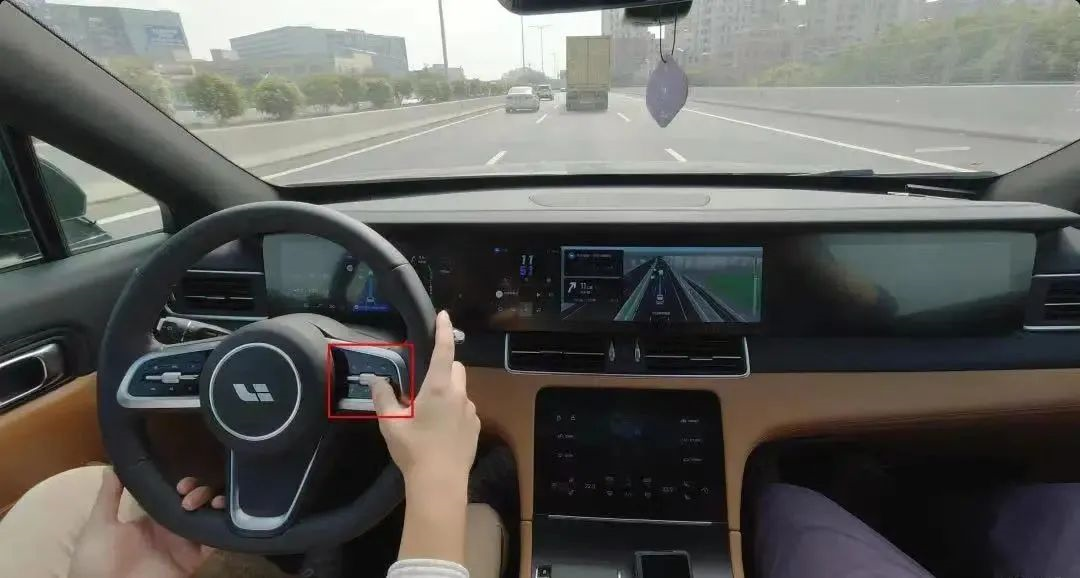
Whether it’s NOA or full AEB, these are already the functions that users can experience. What is frightening is the potential for growth of Ideai’s upcoming assisted driving system.
And this point still needs to be mentioned: “data“.
We know that Tesla is a leader in autonomous driving technology, but if we look at how Tesla’s assisted driving function achieved rapid iteration, there is actually a time point, which is after Tesla began selling the Model 3 in July 2017.
Before the Model 3, Tesla’s assisted driving was still based on supplier chips and basic assisted driving developed with independent algorithms. And after the large-scale delivery of the Model 3, Tesla updated the code by switching chips and rewrote the neural network algorithm in the FSD Beta pushed in North America last year, resulting in the ability to automatically drive in a city scenario.
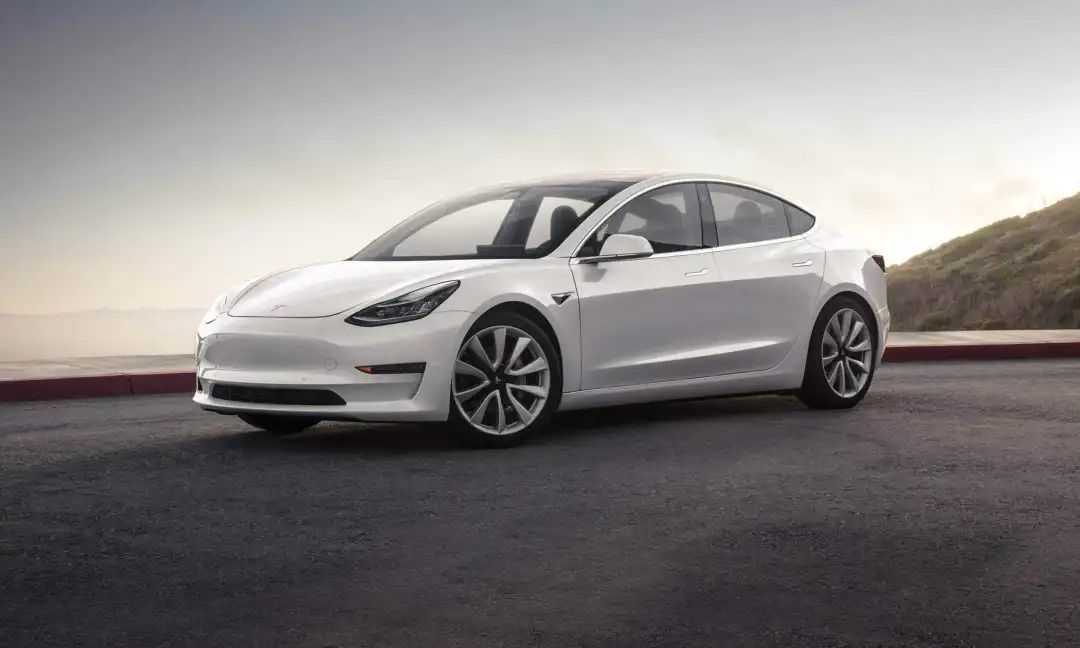
The core of all this lies in the surge in data volume after the large-scale delivery of the Model 3. Although Tesla’s data volume was already large before, the frequency and size of updates after the Model 3 were higher and greater, resulting in algorithm optimization capability brought about by large-scale data, which then feeds back to the system level, ultimately bringing a better user experience.According to Li Xiang, the activation and use of NOA (Navigating on Autopilot) has surpassed 60,000 vehicles, which is more than the total number of other brands of navigation-assisted driving systems on the Chinese market.
This also answers the question of how to verify the capabilities of systems such as NOA and AEB (Automatic Emergency Braking).
It is by using the vast amount of real driving data from these 60,000 car owners, as well as future car owners with the continuous increase of delivered Ideal products, to feed back into the algorithms and optimize them, which in turn serves the system to provide users with the best experience.
In summary, the ability to develop a full-stack algorithm is the most important factor here. Self-developed abilities enable the calibration of “scalable” autonomous driving data obtained through full-scale pushing and the optimization of algorithms through data. Ideal’s iterative ability will accelerate with the continuous deepening of self-research and the continuous increase of data volume. Of course, this also puts the Ideal R&D team’s ability to the test.
However, when I interviewed Li Xiang, the CEO of Ideal Auto, during the company’s listing last year, he mentioned that Ideal will expand its autonomous driving R&D team to 600 people by the end of 2021, and Ideal will continue to recruit on a large scale without an upper limit for R&D personnel.
Revisiting the Methodology of Creating “Hot Products”
Why use the word “revisiting”? Because “hot products” is a term that is frequently mentioned when people talk about Ideal. So let’s take a look at how Ideal’s “hot products” have impacted the industry:
-
In terms of product, Ideal entered the market with the extended-range model, fundamentally solving the problem of range anxiety. Moreover, the price of 300,000 yuan lowered the purchase threshold for large 6-seat SUVs.
-
It pushed voice interaction of the whole vehicle and multi-screen solutions to become industry standards, allowing the intelligent cabin to not be limited by user age and making it accessible by simply conversing.
-
Regardless of whether it is AEB or NOA, both are standard features of Ideal cars, which reduce the opportunity cost of user participation in intelligent driving.
In fact, the methodology of creating “hot products” at Ideal is quite simple:
-
It is to return to simplicity and find a “difficult yet correct thing to execute upon” while finding the real needs of users and using the best technology and services to solve them.
-
Place importance on product experience while emphasizing safety – from the standard auxiliary driving, to standard NOA, and further to improving functionalities such as AEB. This is always based on the concept of “safety.” Creating difficult integrated driving experiences is not the challenge, but rather how to ensure both experience and safety.
-
Li Xiang said that “intelligent cars should have vitality.” My understanding is that this vitality is not solely based on OTA capabilities, but on the ability of new products to inherit the soul of old products and continue to grow with them. Apple’s current market cap of USD 3 trillion is actually the result of generations of continuous upgrades of iPhone, Mac, and other products. The same goes for automobile products, driving continuous user willingness to self-support.- Build an efficient team with consistent values, which is not necessarily required to be consistent in companies with thousands of employees, but rather to bring the human resources in every key ecological position of the company together, forming a “natural and efficient scene”, the driving force for the rotation of the flywheel.
Here, answer what has changed for Ideal Automotive?
-
The risk resistance of Ideal Automotive has been improved, and this is not just about addressing the funding issues after going public, but also the sustained growth of sales despite having only one product.
-
Ideal Automotive is more confident now. As a new brand, sometimes it is not the production or R&D pressure that gets to them, but when unexpected events occur outside of their plan, they can easily lose confidence in themselves. The hot sales, user recognition, and capital market approval all validate the Ideal team’s product development thinking. Thus, the team will be more composed in creating products in the future.
-
The closed loop of self-developed technology can support rapid iteration of higher-level autonomous driving, leaving ample room for imagination for Ideal Automotive users.
-
The sustained improvement in product competitiveness not only guarantees sales, but also serves as the stepping stone for the next generation of products. From the current market reactions, users have high expectations for X01, especially in terms of the next-generation autonomous driving capabilities.
Tesla is not an easy brand to surpass, let alone domestic brands such as Ideal Automotive, XPeng, and NIO. Every step since its establishment has been precarious, and the competition in the future will be even more intense. But emotionally speaking, I hope Chinese brands can go further.
This article is a translation by ChatGPT of a Chinese report from 42HOW. If you have any questions about it, please email bd@42how.com.
